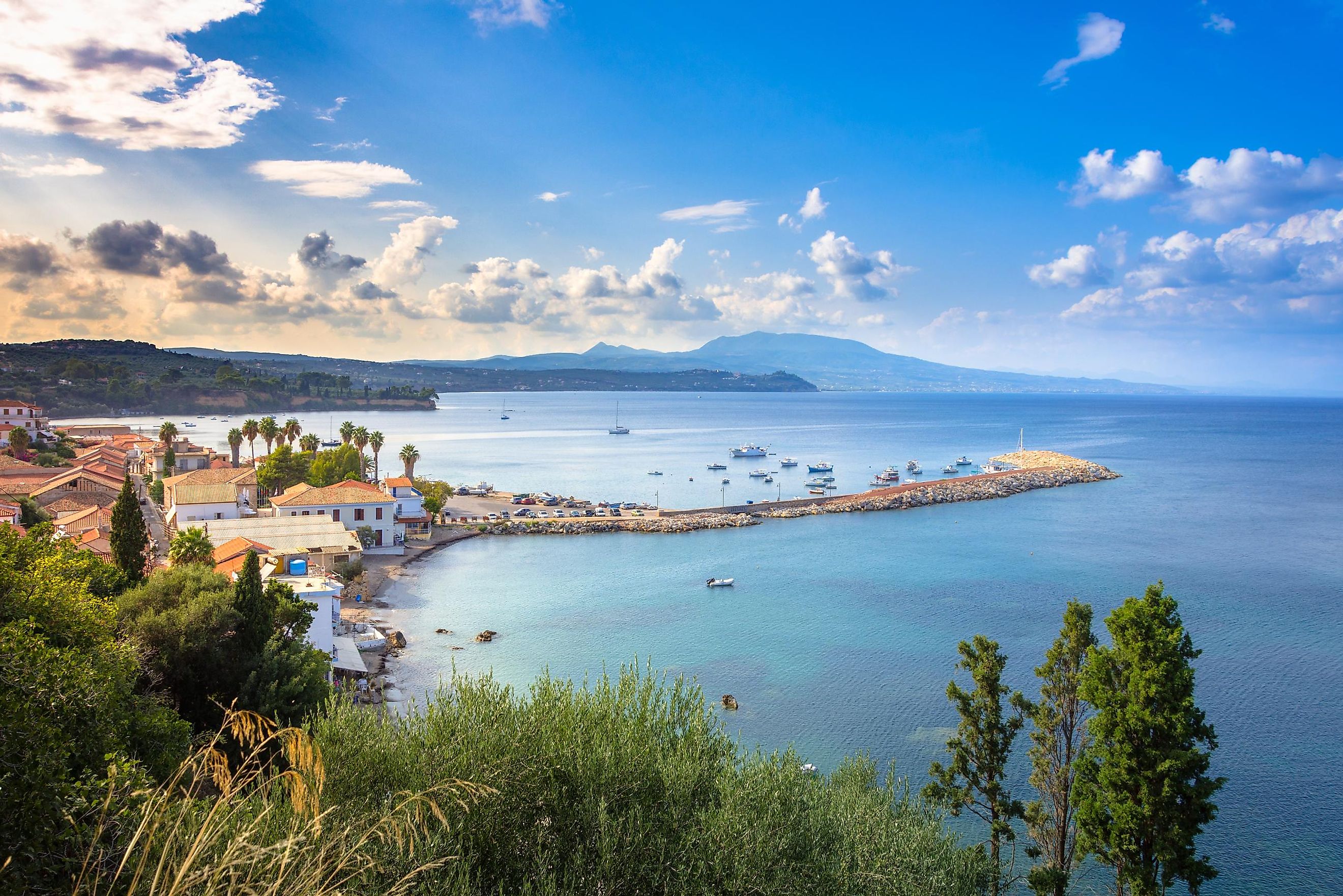
Gulf Of Messinia
The Gulf of Messinia (Messiniakos Kolpos), a captivating region in southwestern Greece, is a nexus of historical intrigue, natural attraction, and economic value. Located along the Ionian Sea, this area is defined by its Mediterranean climate, which is sought after by travelers around the globe. The reason that it is considered a gulf, and not a bay or an inlet, is because it is unquestionably surrounded by land in three clear directions.
Geography
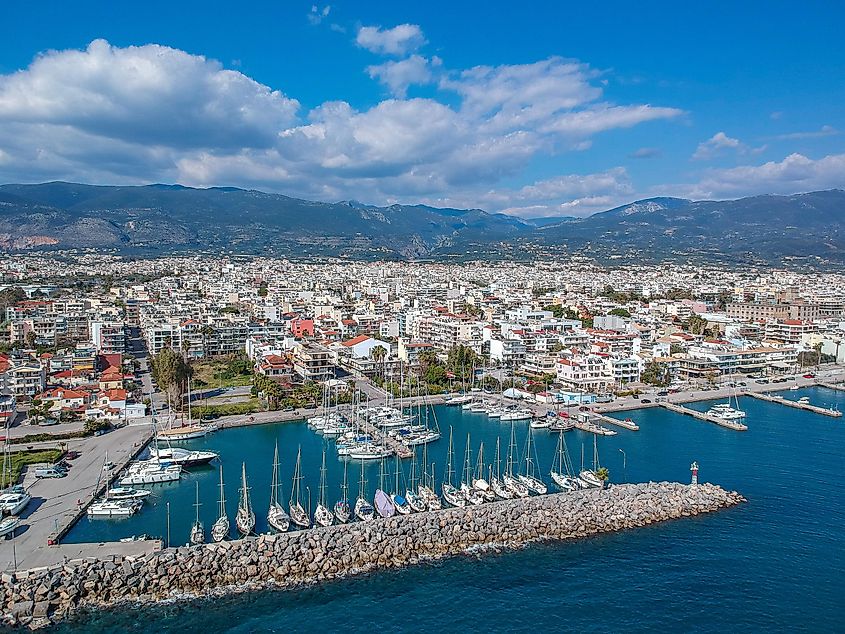
The Gulf of Messinia encompasses an area of approximately 550 square miles. This Gulf is bounded by the Peloponnese Peninsula to the east and the western coast of the Greek mainland to the west. In its northernmost section, the Gulf is bordered by the Taygetus mountain range, while the southernmost extremity meets the Ionian Sea.
Several noteworthy towns lie along the coastline of the Gulf of Messinia. Starting from the west, the town of Koroni greets the shoreline, followed by the towns of Petalidi and Aipeia. The urban center of Kalamata lies on the northern coast of the Gulf, boasting phenomenal views of the surrounding area. Along the eastern coastline, the towns of Kitries, Stoupa, and Oitylo create a string of pleasant settlements to visit. Finally, the town of Kounos lies in the south of the Gulf.
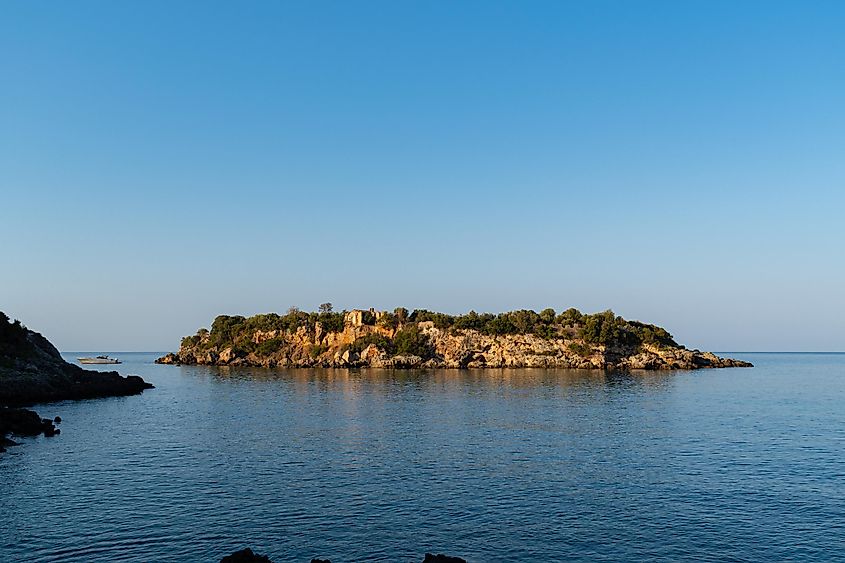
The Gulf of Messinia contains several islands that further enrich its geographical diversity. The largest and most notable among them is the Venetian Island (Βενέτικο), located near the western mouth of the Gulf. This rectangular island stretches about a mile off of the shoreline, and it is a quiet place of hills, grasses, and rock walls. The smaller island of Meropi is situated off the east coast, near the town of Kardamyli.
To the north, the Pamisos River, the longest river in the Messinia region, flows into the Gulf. On the eastern coast, the impressive Taygetus mountain range stretches from the north to the south, providing a natural barrier between the Gulf and the Laconian Gulf to the east. The Taygetus range includes the prominent Mount Taygetus, which reaches an elevation of 7,890 feet above sea level.
Finally, the climate of the Gulf of Messinia falls under the Mediterranean category, marked by hot, dry summers and mild, wet winters. The region enjoys abundant sunshine throughout the year, and the area's moderate climate fosters an environment conducive to most forms of agriculture (particularly wine grapes) and tourism.
History
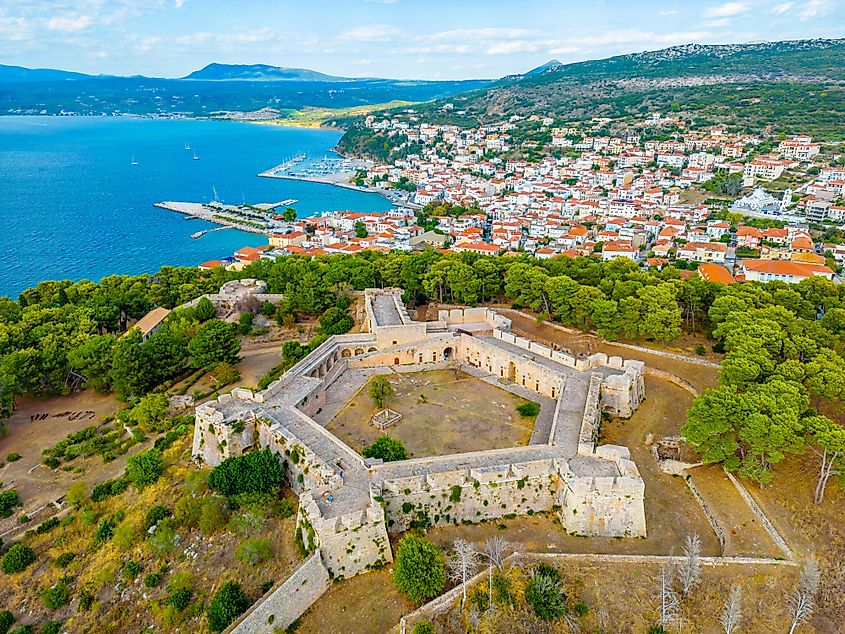
The first traces of human settlement in the Gulf of Messinia date back to the Neolithic period, around 6,000 BCE. As time passed, the Mycenaean civilization, one of the earliest Greek cultures, established itself in the region around the 16th century BCE. The Palace of Nestor, a significant archaeological site near the modern town of Pylos, bears witness to the Mycenaean presence in the area. This palace, named after the legendary king of Pylos from Homer's Iliad, was discovered in the 1930s and is considered one of the best-preserved Mycenaean palaces.
Following the collapse of the Mycenaean civilization, the Gulf of Messinia witnessed the rise of several city-states, such as Pylos and Messene, during the Archaic and Classical periods of ancient Greece. The region played a crucial role in the Peloponnesian War (431-404 BCE) between Athens and Sparta, as Pylos was the site of a significant naval battle in 425 BCE. The Athenian victory in this battle cemented the strategic importance of the Gulf of Messinia in the ancient world.
Throughout the Hellenistic period, the Gulf of Messinia underwent a series of transformations, with the rise and fall of different powers in the area. The region eventually fell under Roman rule in the 2nd century BCE. Under Roman administration, the towns along the Gulf of Messinia, particularly Pylos and Methoni, prospered as important ports for trade and transportation.
With the decline of the Roman Empire in the 4th and 5th centuries CE, the Gulf of Messinia experienced the turbulence of the Byzantine era, marked by invasions and political instability. The region changed hands multiple times during this period, with the Slavic, Arab, and Norman invasions leaving their mark on the area.
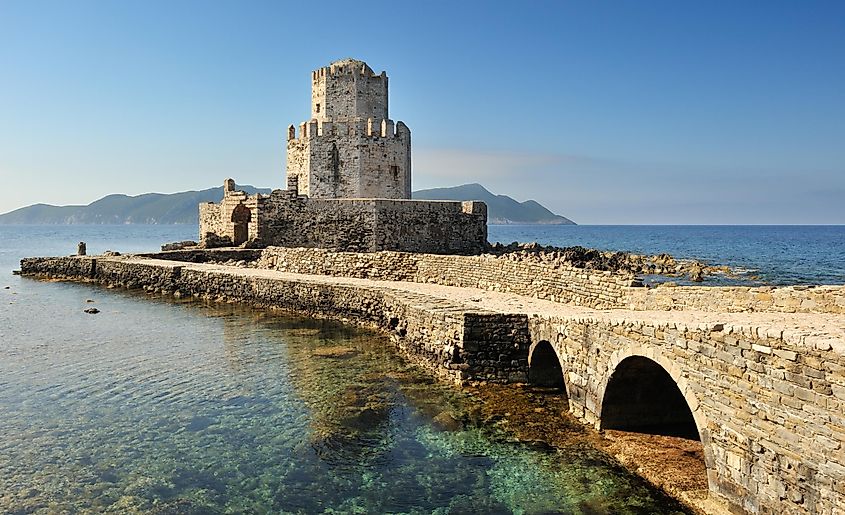
During the Middle Ages, the Gulf of Messinia became a focal point for the Crusaders and the Venetians. The strategic location of the Gulf made it an essential prize for the various factions vying for control of the Mediterranean. Castles and fortifications, such as the Methoni Castle and the Castle of Koroni, were built by the Venetians during their rule over the region in the 13th to 15th centuries.
The Ottoman Empire captured the Gulf of Messinia in the 16th century, initiating a period of occupation that lasted until the Greek War of Independence in the early 19th century. The Gulf played a significant role in the war, with the naval Battle of Navarino in 1827 taking place off the coast of Pylos. This crucial victory for the Greek forces marked a turning point in the war and eventually led to the establishment of the modern Greek state.
Economy And Industry
The economy of the Gulf of Messinia is multifaceted, with agriculture, tourism, and maritime industries playing key roles. Agriculture, a traditional mainstay of the region's economy, is centered around the cultivation of olive trees. The Gulf of Messinia is famous for producing high-quality olive oil, which is exported to various international markets. Other agricultural products include citrus fruits, grapes, and vegetables, with the fertile lands around the Gulf providing the necessary conditions for their growth.
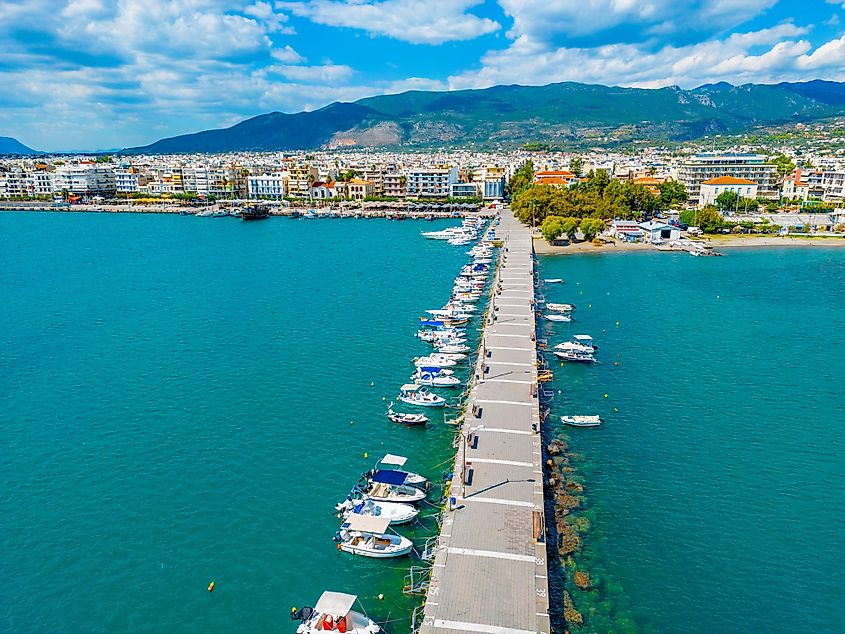
Tourism is another significant contributor to the region's economy, with the Gulf of Messinia attracting visitors from around the world. Its spotless beaches, historical sites, and well-maintained towns make it a popular destination for tourists seeking a mix of relaxation and cultural enrichment. The region offers a range of accommodations, from luxury resorts to traditional guesthouses, catering to diverse visitor preferences. Moreover, the Gulf's favorable climate makes it an ideal destination for water sports, sailing, and outdoor activities.
The maritime industry also plays a vital role in the Gulf of Messinia's economy, with the region's strategic location along the Mediterranean Sea providing opportunities for trade and transportation. The port of Kalamata, the largest urban center in the region, serves as a hub for cargo shipping, fishing, and ferry services, connecting the area with other parts of Greece and the Mediterranean.
Flora And Fauna
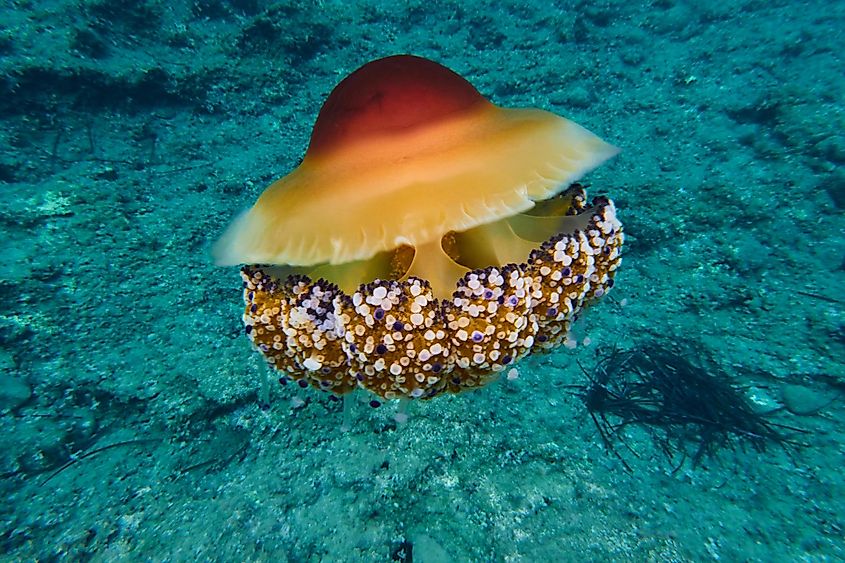
There is a lively variety of flora and fauna making the most of the Gulf of Messinia, with its diverse ecosystems providing habitats for numerous species. The region's coastal areas support a wide range of plant species, including the iconic olive trees, as well as citrus and fruit orchards. Additionally, the region's forests, which predominantly consist of pines, cypresses, and oaks, are interspersed with aromatic plants like thyme, sage, and rosemary.
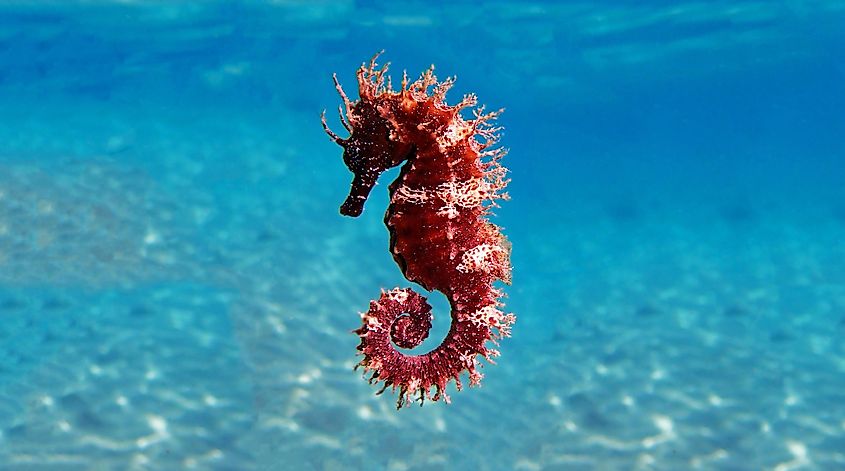
The Gulf's marine environment boasts a diverse array of fish and marine mammals, with the Ionian Sea providing the ideal conditions for their survival. Dolphins, sea turtles, and various fish species, such as sardines and anchovies, are commonly found in the area. The region's terrestrial fauna includes a mix of mammals, reptiles, and bird species. Among the mammals, the Mediterranean monk seal, a critically endangered species, can occasionally be spotted along the coastline. Additionally, the region's wetlands, such as the Gialova Lagoon near Pylos, attract a wide variety of migratory and resident bird species, making it an important location for birdwatching enthusiasts.
The Gulf of Messinia stands as a remarkable region that seamlessly blends the rich tapestry of Greek history with the dynamics of modern life. Ancient settlements once thrived upon the Mediterranean ecosystem, much like the contemporary communities that continue to rely on its resources today. Consequently, the Gulf of Messinia has solidified its reputation as a cherished corner of Greece. Yet, when viewed through the lens of vast geological timescales, it is evident that both cultures and climates evolve; this raises intriguing questions about how future visitors will perceive and interpret the societies that currently inhabit this substantial region.











